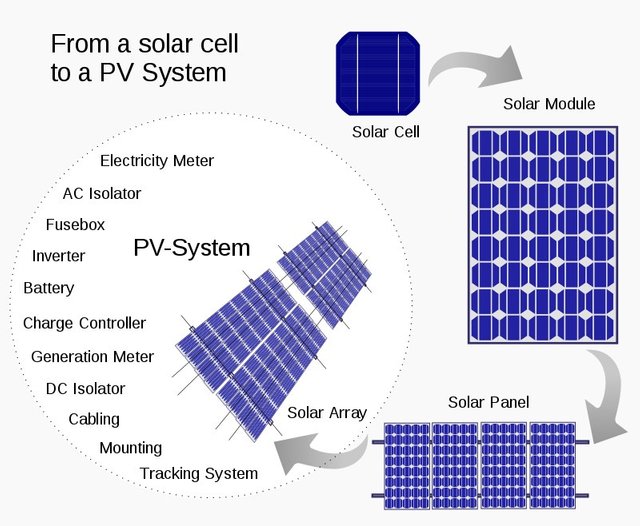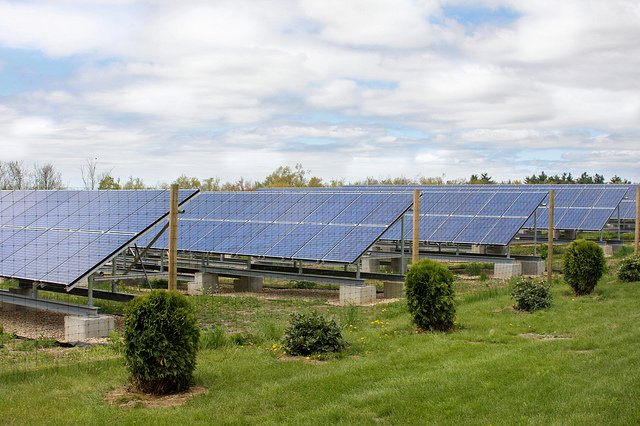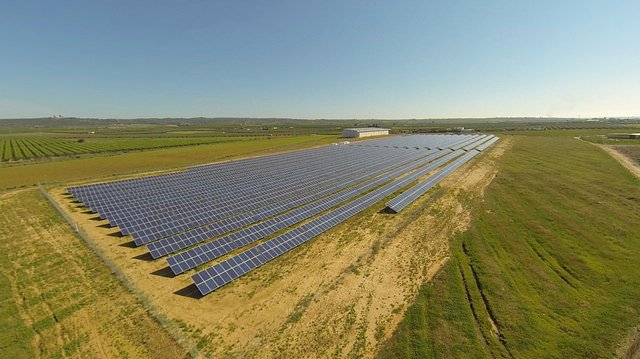Photovoltaic Converters. An infinite energy?
Photovoltaic Converters. An infinite energy?

source
Today, among so many new technologies, advances in science, everything that makes us have a simpler life and that saves us a lot of time that we can use for various interests, make us forget that the energy that comes from oil, coal, other reserves, are not renewable and this encourages the exhaustion of it. Added to this, certain potential risks of contamination to nuclear plants are derived. Therefore, it is necessary to develop other ways of producing energy that helps improve and preserve the level of life achieved by the human being.
Sunlight stands out among other alternate forms, as it is an unlimited source of energy. The application of this energy is the most convenient not only for its indefinite source but also financially speaking since it eliminates the cost of transport and storage, generating photovoltaic converters with adequate and static storage. These converters do not produce noise, do not pollute and also do not need specialized maintenance, due to the high reliability of the panel and the long life it has.

To proceed to install these converters, we must look for a place on the earth's surface where a high energy grade is observed, which can be used as an installation point for the solar panels. After this, we proceed to study the maximization of this energy to acquire this way, greater incidence on the photovoltaic collectors.
The best option would be to vary the plane at all times, in such a way that it is always perpendicular to the sun's rays. To achieve this, you need a heliostatic system, which consists of following the apparent movement of the sun hours after hours.
It is important to know that the energy that is collected on inclined surfaces configured correctly, is greater than what would be obtained from horizontal collectors. Using as an example a tropical zone, to provide the necessary data to know the correct position, the collectors should be placed with an azimuthal orientation aw and β inclination characteristic of the place, due to the high cloudiness present in the afternoon hours as a consequence of the Great evaporation occurred in the morning hours. For this, the variation of the radiation on the collector is established as a function of the angles that define the position of a plane, by means of a computerized program, using the empirical equations presented below:
Hc = Bh Rb + Dh Rd + (Bh + Dh) Rr
Where:
Dh = (1 - 1.13 KT) Hh
KT = Hh / Hhx
Hhx = 24 Io (1 + 0.034 ( Cos (N x 2∏ / 365) ) senα
Cos i
Rb = _______
Sen α
1 + Cos β
Rd = _________
2
Cos i = sin δ s (sin L cos β - cos aw) + cos δ s cosh s (cos L cosβ + sin L sinβ cos aw) + cos δs sin β sin aw sin hsβ
Where:
aw = Azimuth of the wall (Degrees).
Hc = Total radiation collected by the inclined plane (Langley)
Bh = Direct component of the total horizontal radiation (Langley)
Dh = Diffuse component of the total horizontal radiation (Langley)
Hh = Total horizontal terrestrial radiation (Langley)
Hhx = Total horizontal extraterrestrial radiation (Langley)
Rb = Tilt factor for the direct component.
Rd = Tilt factor for the diffuse component.
Rr = Albedo factor.
KT = Clarity factor.
Io = Solar constant = 1,353 watt / M2
N = Day in study.
For inclined surfaces towards the south:
Cos i = sin (L – β) sin δ s + cos (L – β) cos δ s cos hsβ
Bh = Hh - Dh
Rr = A value between 0.2 and 0.7.
The formulas calculate the most favorable inclination angles for each month based on the declination, latitude of the place and time of sunrise and sunset, obtained from:
0
∂ cos i = ________
∂ β
Due to the calculation showed of the average annual angle, which is based on theoretical considerations, which it evaluates through the position of the place and the land, as well as the time of sunlight; it does not take into account the climatic factors that change the total monthly radiation on the earth. Based on this assumption it is necessary to start from the average angle and the monthly radiation, choose the most favorable angle of inclination, varying the orientation in a range in which according to the characteristics of the place, you can find the average annual total radiation.

References:
Very good post, you should use more energy produced by the sun than can be found in petroleum derivatives, since it is renewable.
Very good post, you should use more energy produced by the sun than can be found in petroleum derivatives, since it is renewable.
Informative! By the way, Please don't forget to follow our blogs and vote. Thank you.